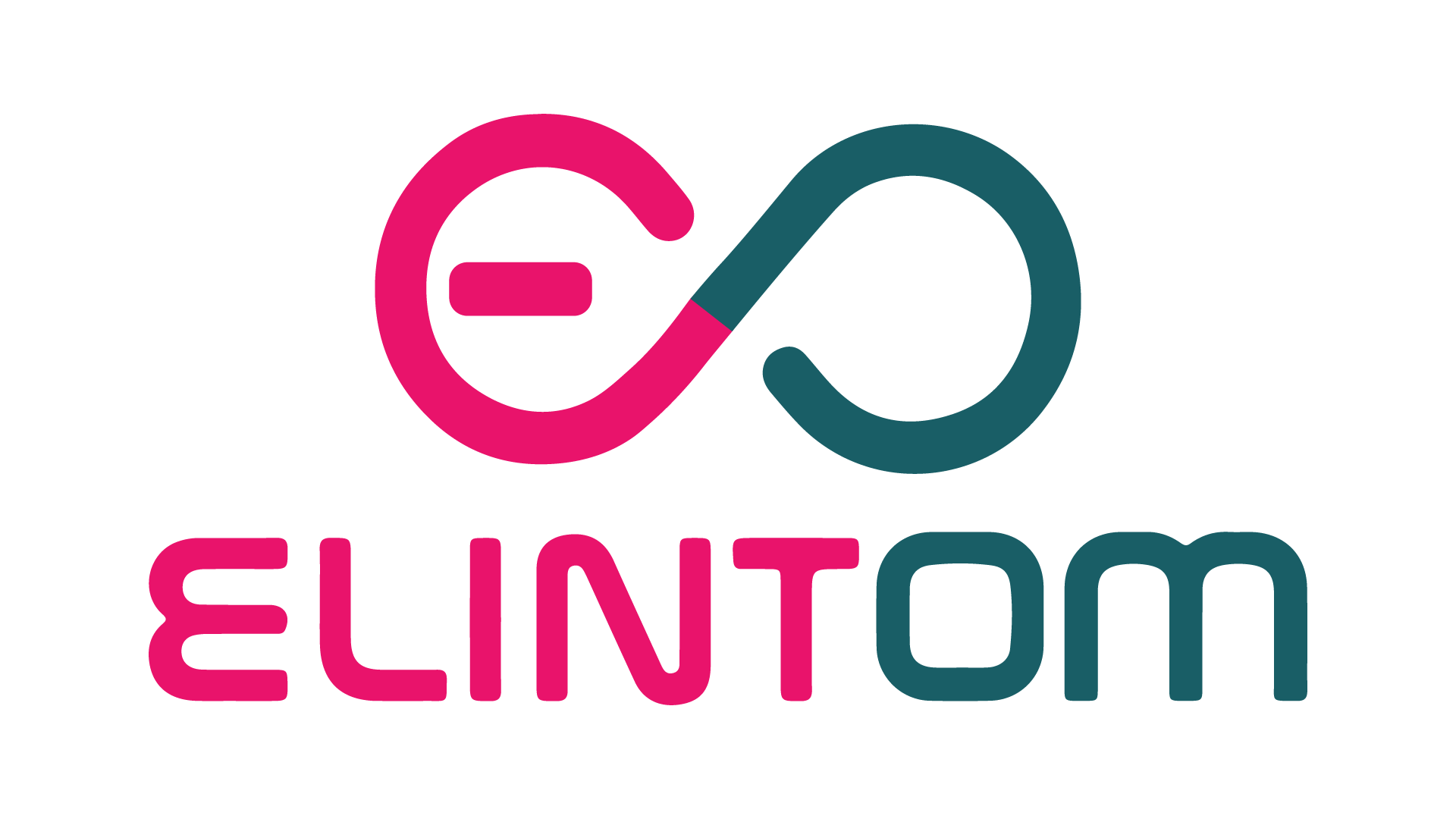In today’s rapidly evolving retail landscape, providing a seamless and integrated customer experience across all channels is paramount. Omnichannel commerce is not just a trend but a necessity for brand owners who want to stay competitive and relevant. In this comprehensive guide, we will explore various aspects of omnichannel commerce, using real-life examples to highlight its benefits. We’ll also introduce ElintOm, our cutting-edge omnichannel commerce platform designed to elevate your business to new heights.
What is Omnichannel Commerce?
Omnichannel commerce is a strategy that integrates various sales and communication channels to provide a cohesive customer experience. It ensures that customers can interact with a brand seamlessly, whether they are shopping online, in a physical store, or via a mobile app. This approach not only enhances customer satisfaction but also streamlines operations, making it easier for businesses to manage inventory, orders, and customer data across multiple channels.
How Omnichannel Commerce Helps Brands
1. Enhanced Customer Experience
- Seamless Interactions: Omnichannel commerce provides a consistent and seamless experience across all touchpoints, whether customers are shopping online, via mobile apps, or in physical stores.
- Personalization: By integrating data from various channels, brands can deliver personalized recommendations and offers, enhancing customer satisfaction and loyalty.
2. Increased Sales and Revenue
- Cross-Channel Sales: Customers can start their shopping journey on one channel and complete it on another, which increases conversion rates and overall sales.
- Broader Reach: Brands can reach customers on their preferred platforms, whether it’s social media, email, or in-store, leading to higher engagement and sales opportunities.
3. Better Data Insights
- Unified Customer View: Integrating data from all channels provides a comprehensive view of customer behavior, preferences, and purchasing patterns.
- Informed Decisions: Brands can make data-driven decisions to optimize marketing strategies, inventory management, and customer service.
4. Improved Brand Loyalty
- Consistent Brand Message: Maintaining a consistent brand message across all channels helps build trust and loyalty.
- Enhanced Engagement: Omnichannel strategies foster deeper customer engagement by meeting customers where they are and providing consistent value.
5. Operational Efficiency
- Streamlined Operations: Integrated systems streamline processes like inventory management, order fulfillment, and customer service.
- Cost Savings: By optimizing resources and reducing redundancies, brands can achieve cost savings while improving service quality.
6. Competitive Advantage
- Adaptability: Brands that successfully implement omnichannel strategies are better positioned to adapt to changing market trends and customer behaviors.
- Innovation: Staying ahead with advanced technologies and integrated experiences helps brands stand out in a competitive market.
Omnichannel Solutions for Modern Retailers
Omnichannel solutions involve a blend of technology and strategy to unify all customer touchpoints. This integration not only enhances customer satisfaction but also improves operational efficiency.
Example: Starbucks has successfully implemented an omnichannel approach by linking their mobile app, loyalty program, and in-store experience. Customers can order ahead via the app, collect reward points, and pick up their order in-store, making the process seamless and efficient. This integration allows Starbucks to provide a personalized experience, as the app can suggest orders based on previous purchases and preferences.
The Power of an Omnichannel Platform
An effective omnichannel platform serves as the backbone of an integrated retail strategy. It connects all sales channels and centralizes data, providing a single view of the customer. This holistic approach enables brands to offer personalized experiences, track customer behavior, and optimize inventory management.
Example: Best Buy uses an omnichannel platform to synchronize its online and offline operations. This integration allows customers to check product availability online, reserve items, and pick them up at their nearest store, creating a unified shopping experience. Moreover, Best Buy’s platform integrates customer reviews and product recommendations, enhancing the decision-making process for shoppers.
Real-Life Omni Channel Retailing Examples
Understanding omni channel retailing examples can provide valuable insights into how leading brands successfully implement these strategies.
Example: Nike’s omnichannel strategy includes features like ‘Order Online, Pick Up in Store’ and ‘Reserve Online, Try in Store’. This approach ensures that customers enjoy a flexible and convenient shopping experience. Nike also leverages its mobile app to provide exclusive offers, track orders, and engage with customers through personalized content and notifications.
Enhancing Customer Journeys
Mapping the omnichannel customer journey is crucial for identifying touchpoints and ensuring a seamless experience across all channels. By understanding the customer journey, brands can identify potential pain points and opportunities for improvement.
Example: Disney offers a prime example of a well-executed omnichannel customer journey. Their mobile app, website, and in-park experience are interconnected, allowing customers to plan their visit, book tickets, and navigate the park with ease. The My Disney Experience app provides real-time updates, wait times for rides, and personalized recommendations, creating a magical experience from start to finish.
Omnichannel Ecommerce: The Future of Shopping
Omnichannel ecommerce integrates online and offline channels to provide a consistent shopping experience. This approach not only boosts sales but also builds customer loyalty. By offering multiple touchpoints, brands can meet customers where they are, providing convenience and flexibility.
Example: Target’s omnichannel ecommerce strategy includes features like ‘Drive Up’ and ‘Order Pickup’, enabling customers to shop online and collect their purchases without leaving their cars. Target’s app also offers personalized deals, a barcode scanner for price checks, and an easy-to-use interface, making shopping convenient and enjoyable.
Marketing in an Omnichannel World
Effective omnichannel marketing examples show how brands can engage customers through personalized and consistent messaging across all channels. By leveraging data from various touchpoints, brands can create targeted campaigns that resonate with their audience.
Example: Coca-Cola’s omnichannel marketing campaign uses social media, in-store promotions, and mobile app engagements to deliver a unified brand message, creating a cohesive customer experience. Their Share a Coke campaign, which allowed customers to personalize bottles with names, was a global success, driving engagement across multiple channels.
Omnichannel Retail Strategy: Keys to Success
Developing a robust omnichannel retail strategy involves integrating technology, data, and customer insights to deliver a seamless experience. This strategy should be customer-centric, focusing on meeting the needs and expectations of the target audience.
Example: Walmart’s omnichannel retail strategy includes initiatives like ‘Walmart Pay’ and ‘Scan & Go’, which streamline the shopping process and enhance customer convenience. By integrating these technologies, Walmart can offer a fast and efficient shopping experience, reducing checkout times and improving customer satisfaction.
Seamless Integration with ElintOm
At ElintOm, we understand the complexities of managing an omnichannel retail operation. Our platform provides comprehensive solutions for omni channel integration, ensuring that all your sales channels work in harmony. With ElintOm, you can centralize your operations, improve inventory accuracy, and deliver a consistent customer experience.
Features of ElintOm:
- Unified Commerce Platform: Integrates online and offline channels for a consistent shopping experience.
- Real-Time Inventory Management: Ensures accurate stock levels across all platforms, reducing the risk of overselling or stockouts.
- Personalized Customer Engagement: Leverages data to deliver tailored experiences, from personalized marketing to targeted product recommendations.
- Scalable Solutions: Supports the growth of your business with flexible and scalable tools, allowing you to expand your operations without compromising efficiency.
Conclusion
Embracing omnichannel commerce is essential for brand owners looking to thrive in today’s retail environment. By integrating various sales channels and creating a seamless customer experience, brands can enhance customer satisfaction and drive growth. With ElintOm, you can unlock the full potential of omnichannel commerce and take your business to the next level.
To learn more about how ElintOm can revolutionize your omnichannel strategy, visit our website or contact us for a personalized demo. Let ElintOm be your partner in creating a unified, efficient, and customer-centric retail operation.

